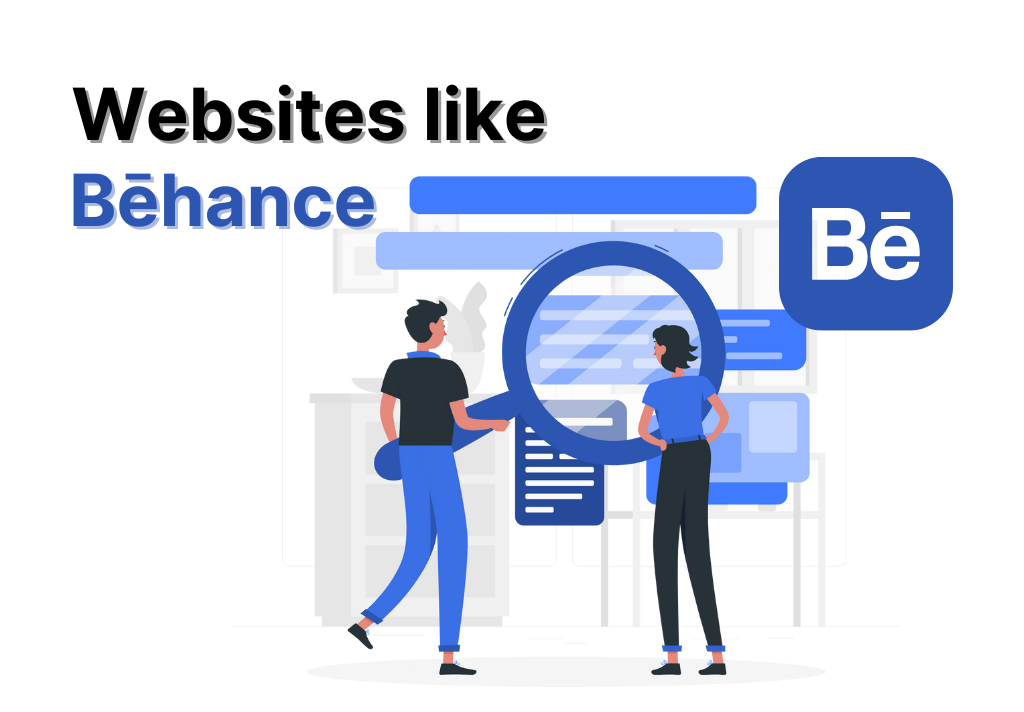Want to get started on Behance? Have you checked out other websites like behance to make your portfolio on?
No need to worry, we will list all the Behance alternatives below along with their pros and cons. Keep reading to find out the best place to make your portfolio and share your work.
What is Behance?
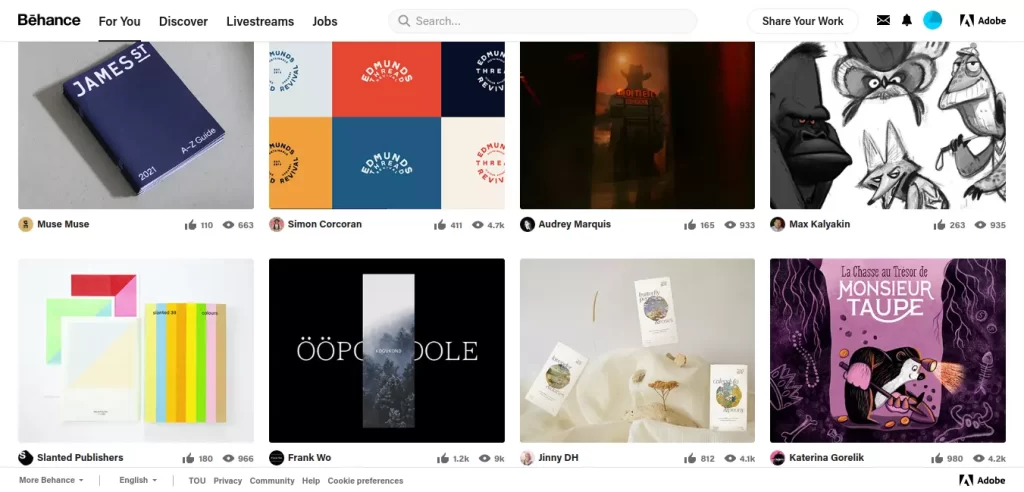
With Behance, you can easily build your portfolio by following simple steps. However, this platform is not suitable for several high-level operations in terms of design selection, compression and security and security and privacy of your content. Thus, there are several platforms alternative to Behance that can help to take your work to the next level of popularity.
The Problem that most of us face
It is extremely important to share your work with society if you are involved in a creative field. That’s why we can see a number of portfolios of Graphic Designers, artists, and photographers across the various social media platforms.
They can share their artworks and are more often able to build a huge fan following, which helps them gain popularity. The problem is that we cannot judge on our own by choosing which platforms to get maximum sales.
Beginners face this most as they are new to this platform and don’t know the perfect product, their specification for which their product or services shall get more audience and sales.
13 Websites Like Behance:
1. Dribble
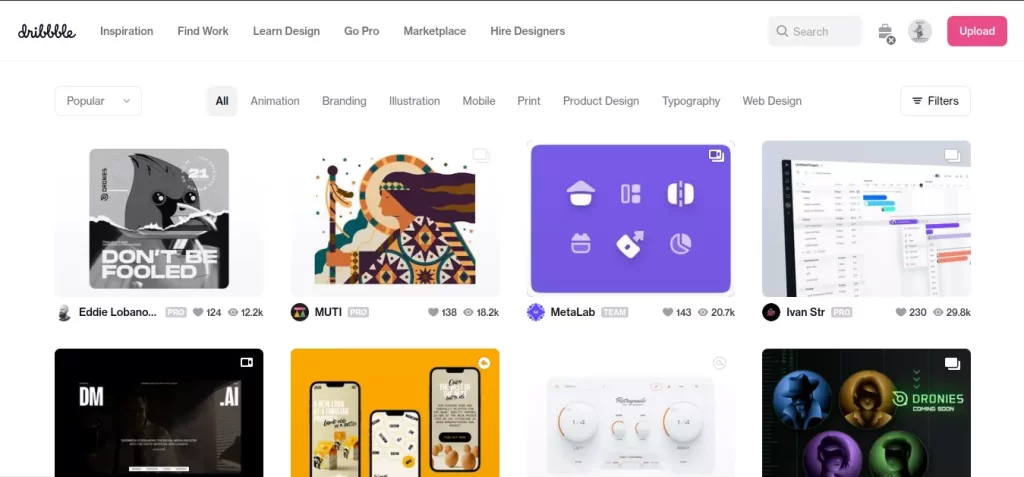
Dribble itself is famous among the designer community. It is one of the leading websites through which creativity grew, got shared among others, and was hired. Dribble has a separate identity because it allows users to show off their project in progress. That means it does not have to be finished yet for you to put it in your portfolio.
Pros: Recruiters from Brands and companies such as Google, Apple, Airbnb, and Lyft used Dribble to find talented designers for New Gigs and careers.
Cons: It is not customizable, everything is cookie-cutter, and you can only put up one shot with a title description, that’s all.
2. Carbonmade
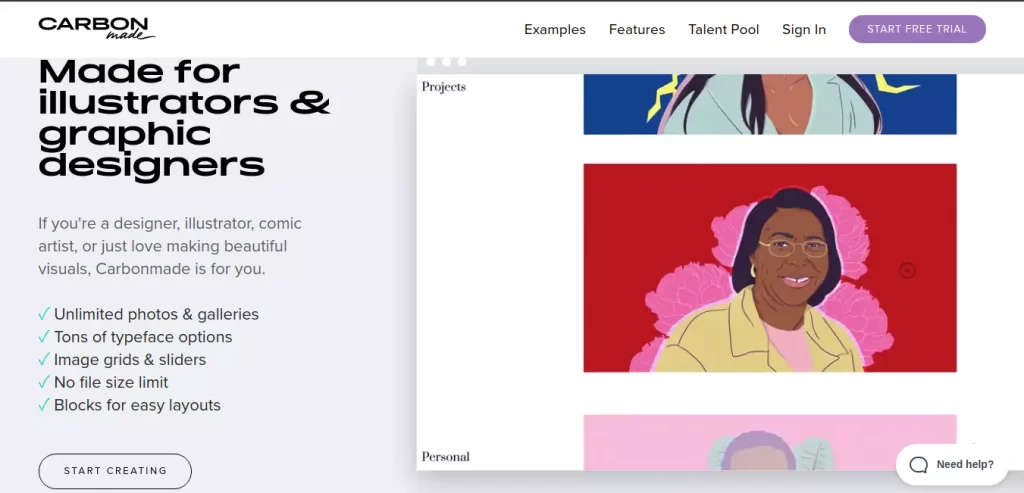
It is a trendy portfolio website with more than 1.5 million portfolios already created using the platform. We can also make our portfolios in a few minutes as the service leverages drags and drops layouts.
The website contains free and premium features, premium features/subscriptions including, Beginner, Professional($8/month), Professional($12/month), and Expert($24/month). This is an excellent platform if you are looking to connect to other designers through their portfolios page.
Pros: The carbonmade website is helpful for multiple portfolio-related features. For beginners, it is a very friendly one. It contains all the modern and sleek templates, helpful customer support. Lastly, it is one of the best free trials in the Industry.
Cons: Some negative points about this website are that payments are non-refundable here. The premium plans are highly expensive. And finally, they too have limited functionality.
3. Coroflot
In Coroflot, designers could craft profiles and portfolios to share their work with a community of designers. More than 150000 projects are published every month by designers, photographers, and artists on the Coroflot platform.
Pros: The website has a jobs board for Designers that allows you to look for your ideal UI/UX designers job position. Companies like Nokia, Fuse project, Nike used it to find new talents.
Cons: It has no editing option in it. Small companies or individuals were not able to use it because it paid search only.
4. DeviantART
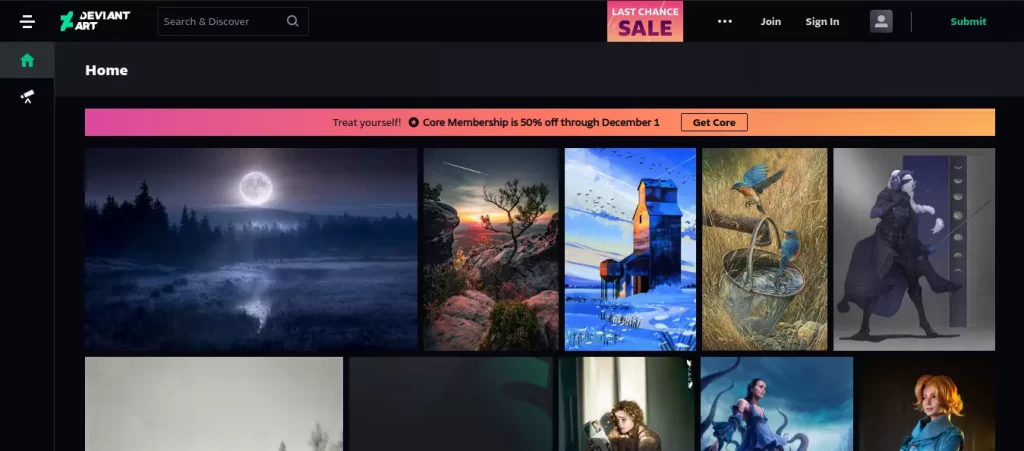
It is an online community where you can share your artwork. DeviantART is not the same as a website builder platform. Still, it is more like a community where you could share your artistic work with its 25 million members worldwide. Suppose you are an artist and want to share your artwork with the world and increase your preference. In that case, DeviantART should be a good option for making a portfolio of your artwork.
Pros: It is free to join DeviantART, without any initial investment, you can add your portfolio images, very useful for underrated artists.
Cons: DeviantART is not a website building platform, and also cannot we cannot design a website on this site.
5. Krop
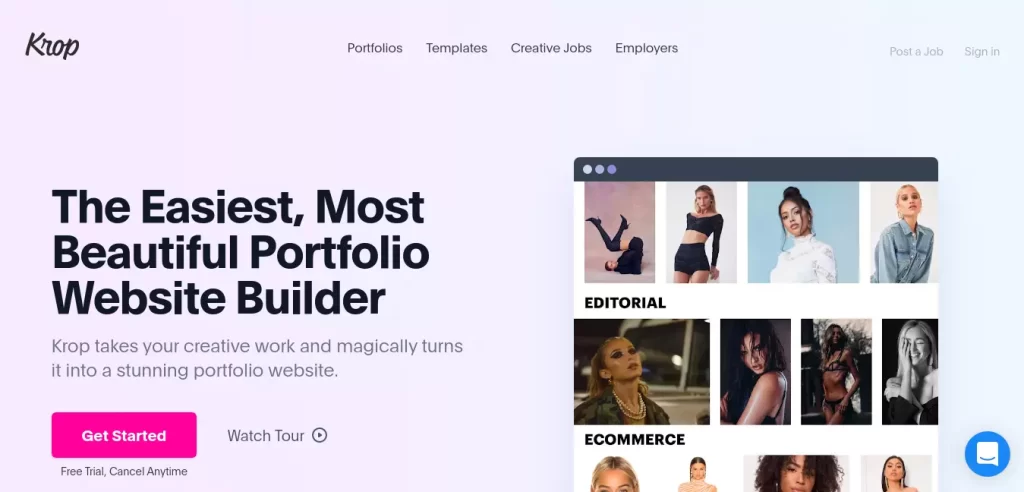
Unlike usual social networks, croup users create profiles containing their work skills and samples of work. In this section, creatives such as designers, photographers, and artists can showcase their work so that employers can contact them. Additionally, they can browse and apply for the many jobs that are posted by actual employers.
Pros: They have an easy interface in them that is incredibly simple. It does not require any advanced computer skills whatsoever. They also have good customer support. They, too, have good jobs alert.
Cons: While krop works great for photographers or designers, they only cater to that specific market only. Support is only available via e-mail and telephone. Premium services must be with more features that are very limited.
6. Artstation
It is probably the best alternative to Behance out there. In my view, this not only acts as an alternative but also as a replacement for Behance. The website design is the first thing to notice. It is the most modern-looking design community website you will find on the net. There is also a separate Job Section where artists can apply.
Pros: It mainly targets creatives interested in the gaming industry, but it doesn’t mean that you can’t share other types of work.
Cons: You cannot comment on artworks or communicate directly with other artists through Artstation. It needs more structure so that users can easily find work on similar topics or themes rather than scrolling through pages of unrelated projects.
7. Crear
It is a decentralized social network of creative portfolios that rewards artists and curators. Without censorship, users could freely share their creations in an economic system managed by the community itself. It is mainly aimed at artists, musicians, writers, and professionals in the audiovisual sector who produce digital content.
Pros: It is an excellent platform that works perfectly, and the quality of the content is very high. Every artist must join this and start receiving funds from the community.
Cons: As this is a decentralized blockchain website, you can’t delete your content once it is posted.
8. Cargo
It is a platform for artists to build themselves by artists. The layouts are often simple grids or single-image pages with a sidebar. The platform mainly focused on being portfolio-friendly, with images as centerpieces of the site design.
Pros: Cargo sites are free to try. To upgrade publicly, a standard site upgrade costs $99 per year or $13 per month.
Cons: It is not mobile-friendly. In the recent competitive world, Cargo is facing an upgrading problem. It is somewhat backdated.
9. Crevado
It is very famous for online portfolios, as well as websites, in general, are easy to build, especially with solid builders like Crevado. Crevado is a dedicated page editor for setting up stunning portfolio pages with as little effort as humanly possible.
Pros: It targets portfolios. Moreover, it gives you a free Subdomain like – “Yourname.Crevado.com”. It also has a code editor which allows you to edit HTML, CSS, and JS.
Cons: The only downside is that free users can’t remove the link to Crevado in their website footer. You will have to upgrade to a pro account to do the same.
10. Dunked
It is a specialist website builder aimed at helping creative professionals, photographers, artists, designers, illustrators, etc., to build stylish online portfolios. It is about speed and simplicity above all, and there’s a lot you can do to make the site your own.
Pros: Dunked requires no coding, has customizable templates, responsive, simple to edit, Drag and drop system available in it.
Cons: There is no direct help within the customize screen, no links to support, documents, barely even any tooltips. No button so far.
11. Portfoliobox
It is basically an online portfolio website manager. This comes with a custom page builder, editable portfolio galleries, and even an optional shop to sell your artwork online.
Pros: The best part is that anyone can sign up free and keep that free account for life, with no hidden fees. It has customizable features too.
Cons: It comes with a simple website layout but more complex and fascinating are not supported.
12.Fabrik
It is a portfolio platform for creatives. A unique CMS completely separates project content from all other websites. It enables creatives to easily as=dd media, blog, share their work without touching any Fabrik portfolio is truly one kind, across all devices, Android, Ios, and PC softwares.
Pros: It is so intelligently designed that it understands and adapts to project content. It has only one click theme, layouts choices, straight forward configuration.
Cons: It does not support teams or multi-user capability. It also does not offer an API.
13. Ello
Created by the Creators Network, Ello is a publishing and collaborative platform that connects and supports a global community of creators. A collective of artists and designers founded Ello in 2013 to provide a virtual workspace for artists, brands, agencies, publishers, and their fans.
Pros: Topics are clearly stated and eligible. Beautiful website and inspirations. Easy and pleasant onboarding. And the best thing is Ello is totally Ad-free.
Cons: Slow-loading website and images. Ello’s search is not obvious or user-friendly, and there is no way to unlike posts.
Also Read: How to Rank your Fiverr Gig in the First Page [2022]
Conclusion:
Besides the website Behance, there are many other portfolio creating, designing, editing websites available all around which are full of unimaginable specifications and have affordable rates too.
More user-friendly, easy to handle, easy to edit with tutorials are also available. So, we have just to muster courage and go back to work so that we can find things according to our own choice and interest.

Hi, i’m Akash shaw creator of Adsvast agency , Hello, I am a perfectionist with deep love for aesthetics,
a graphics designer with expertise in logo design and branding.
My only goal with Notamartwork is try to help others to freelancers to get jobs and learn how to do freelancing.
